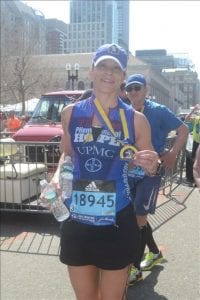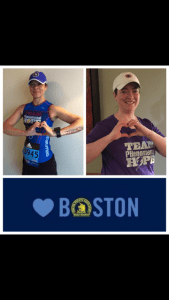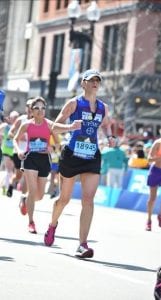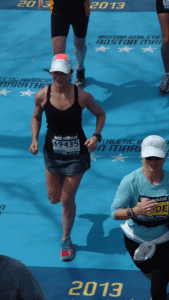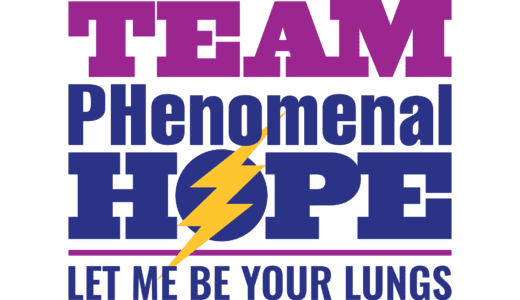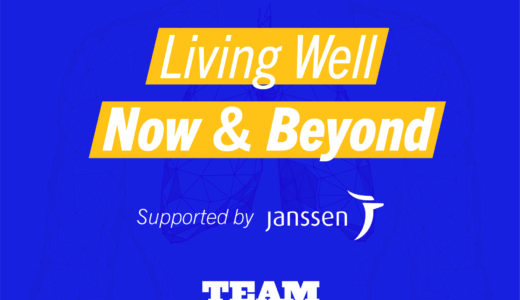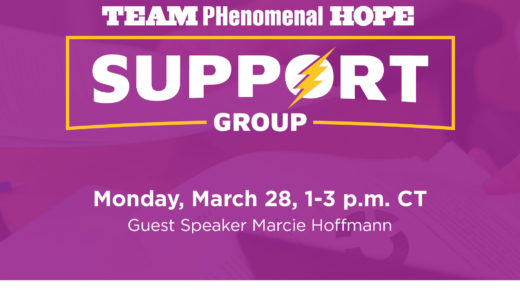The Boston Marathon: A Marathon Runner’s Dream
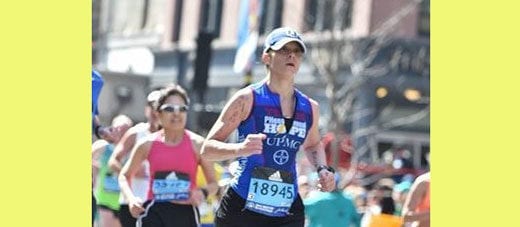
The Boston Marathon is special to many people.
Marathon runners from all over the world aspire to earn their ticket to Boston. To many, it is often the highlight of their running careers.
But if someone asks why Boston is such a big deal, not everyone has the answer. My answer is complex, and includes the history of this marathon and also my varied experiences over the years on this course.
After just coming off my fifth Boston marathon, I would like to explain why I think Boston has earned its high status in the marathon world.
Runners must qualify to run the Boston Marathon
The first reason why the Boston Marathon is unique is because it is a qualified race.
In order to register, a runner must first complete a standard marathon at a relatively fast pace, within a certain period of time before the desired race (usually 18 months prior to the upcoming date). The Boston Athletic Association (BAA) allows approximately the top 5 to 10 percent of runners into the race. Qualifying standards vary by gender and age group.
The Boston Marathon itself is considered to be one of the more difficult marathon courses. The Newton Hills (miles 16-21) culminate into a final hill known as “Heartbreak Hill”. These hills occur at a time in the race, where muscle glycogen stores are most likely to be depleted, making the hills all that more challenging. When you spot someone wearing a Boston jacket or t-shirt, you know that they met a high standard to get there.
Boston is a Historical Race
The Boston Marathon is the world’s oldest marathon, as well as one of the oldest consecutively held sporting events.
Boston is history. Many historic moments took place along the way…The first Boston Marathon was run on April 19, 1897 with only 18 participants. It was inspired by the first modern day marathon at the 1896 Summer Olympics.
It is also the race in which Katherine Switzer became one of the first women to finish a major marathon in 1967…despite almost being tackled by a race organizer. Women were not allowed to participate in the race at that time.
It was quite an honor to run this year, as we celebrated the 50th anniversary of a woman running the Boston Marathon. The Boston marathon has grown tremendously over the years. When I first ran the race in 1998, marathon running was not as popular as it is today. That year there were only about 10,000 runners. Today, the event attracts an average of about 30,000 registered participants.
Boston Spectators Rock!
The Boston Marathon has some of the best spectators in the world!
The marathon is held on a regional holiday in Massachusetts called, Patriot’s Day. This is a holiday held in honor of the revolutionary war. Most people have the day off and celebrate by coming out to the race!
The event attracts 500,000 spectators each year, making it New England’s most widely viewed sporting event. For the entire distance, thousands line the sides of the course. The Boston crowds create a kind of “cheering madness” that really makes the experience incredible!
The one section along the course that is particularly memorable is at Wellesley College. Wellesley is a girl’s college that falls close to the halfway mark on the marathon course. It is traditional for students to cheer on the runners in what is referred to as “scream tunnel” and it lasts for about a quarter of a mile. The students line the course, scream and offer kisses! The scream tunnel is so loud that you can literally hear it from about a mile away! Definitely a highlight!
Every year the Boston Red Sox play a home game at Fenway Park, starting at 11:05 am. When the game ends, the crowd empties into Kenmore Square to cheer as runners enter the final mile.
It is now a place of remembrance
“BOSTON STRONG” is now a part of the fabric that makes up the history of this event.
After the tragic bombings in 2013, the Boston Marathon became an even more patriotic and unifying event for both runners and the city of Boston. Boston proclaimed the day “One Boston Day” to remember the tragedy, which adds another layer of importance of this race in many people’s hearts.
Thousands of runners and spectators united in 2014 to show that we as Americans will not be intimidated. We must continue to support and remember those that lost their lives and limbs on this horrific day.
My History with the Boston Marathon
I have been so fortunate to live this experience many times. My physical self has been strong over the years but my emotional side has struggled to find the peace others sometimes take for granted.
My first trip to the Boston Marathon was in 1998. I was thrilled to qualify and it gave me a sense of accomplishment as an endurance runner. Running became my therapy and going to Boston helped lift me to a very positive point in my life.
After accomplishing Boston, I decided to pursue additional fitness goals. It wasn’t until 2011 that I strived to return to Boston.
I requalified in 2012 and returned to the starting line at Hopkinton in 2013. It was a thrill to be back 15 years later. I had a fantastic run that day, but the memory of that day is overshadowed by the darkness of events that occurred with the tragic bombings. I was fortunate to have finished 30 minutes prior to the bombs going off and was not in the area. Others were not as lucky. The explosions killed three civilians and injured 264 more, many resulting in loss of limbs. The meaning of the race that year shifted from one of personal accomplishment to one of human suffering and tragedy.
2014 was “The Celebration”, a return to Boston to recover and heal. It was very important for me to run that year and to celebrate the restoration of Boston’s strength as a community, a community of runners and survivors, a community that would not be intimidated… This feeling was captured in the “Boston runs as one” logo. It seems like every year has its own challenges, in 2013 it was the bombing, in 2014 it was the weather. Full sun and extremely dry conditions led to widespread dehydration issues.
… as a new member of Team Phenomenal Hope, I wanted to bring awareness to Pulmonary Hypertension and race for a cause …
Having requalified in 2014, I returned once again in 2015 with high ambitions. This year, as a new member of Team Phenomenal Hope, I wanted to bring awareness to Pulmonary Hypertension and race for a cause that is much bigger than myself.
On a personal level, I wanted to prove to myself that I could achieve a new record and break my marathon record from 18 years prior. If I could run a strong race, maybe I could inspire our patients to PHight harder in their everyday struggles.
New England weather in April can be very unpredictable. The marathon has seen everything from snow squalls to extreme heat. This was the year for cold, driving rain and high winds. I certainly had my work cut out for me that day!
While the physical demands of this year’s race were significant, I was able to persevere and win the PHight to attain my goal with a new PR (personal record)!
My finishing time from 2015 allowed me to requalify for 2016. Once again, a dream come true!
This year I partnered with PH patient Julia Feitner in the “Let Me Be Your Lungs” campaign.
Julia, a wife and mother, founder/race director of the PHenomenal Hope 5K and pulmonary hypertension patient was diagnosed 2008.
After several big PH centers declined to treat her, UPMC took her on as a patient. Her prognosis was initially not good and she has endured several hospitalizations, IV treatments, medications, continual oxygen and drug trials.
I wanted to share my strength with Julia and with the PH community to give them hope for a brighter future.
This year’s race was not an easy race.
That is not to say that any year is easy, but this year posed challenges that I have not experienced in the past to this degree. I felt it important to finish the race strong, especially for Julia.
Unfortunately, I suffered from severe dehydration to the point that I experienced significant physical distress and mental anguish. As bad as the conditions were in 2014, this year was worse.
Even though I was well prepared and hydrated going into the race, the weather was out of my control. Dehydration and heat illness can pose significant health risks.
At worst they can lead to heart failure, stroke or even death. Early in the race, I started to struggle with nausea, confusion and lack of focus.
As I continued, fatigue became more of an issue and as much as my mind was committed, my body was struggling to follow. Heat stroke was a definite possibility, especially since I had not been able to train in the same hot and dry conditions.
These struggles gave me a greater appreciation for the challenges that PH patients face daily. I kept telling myself that “if Julia can endure…I can endure!”
In the end, I did not give up, I did not allow myself to succumb to those things outside of my control and while I did not attain all of the goals that I set for myself…I did meet the most important one. Finishing strong for Julia…I hope that my success inspires her success!
I will be back!


